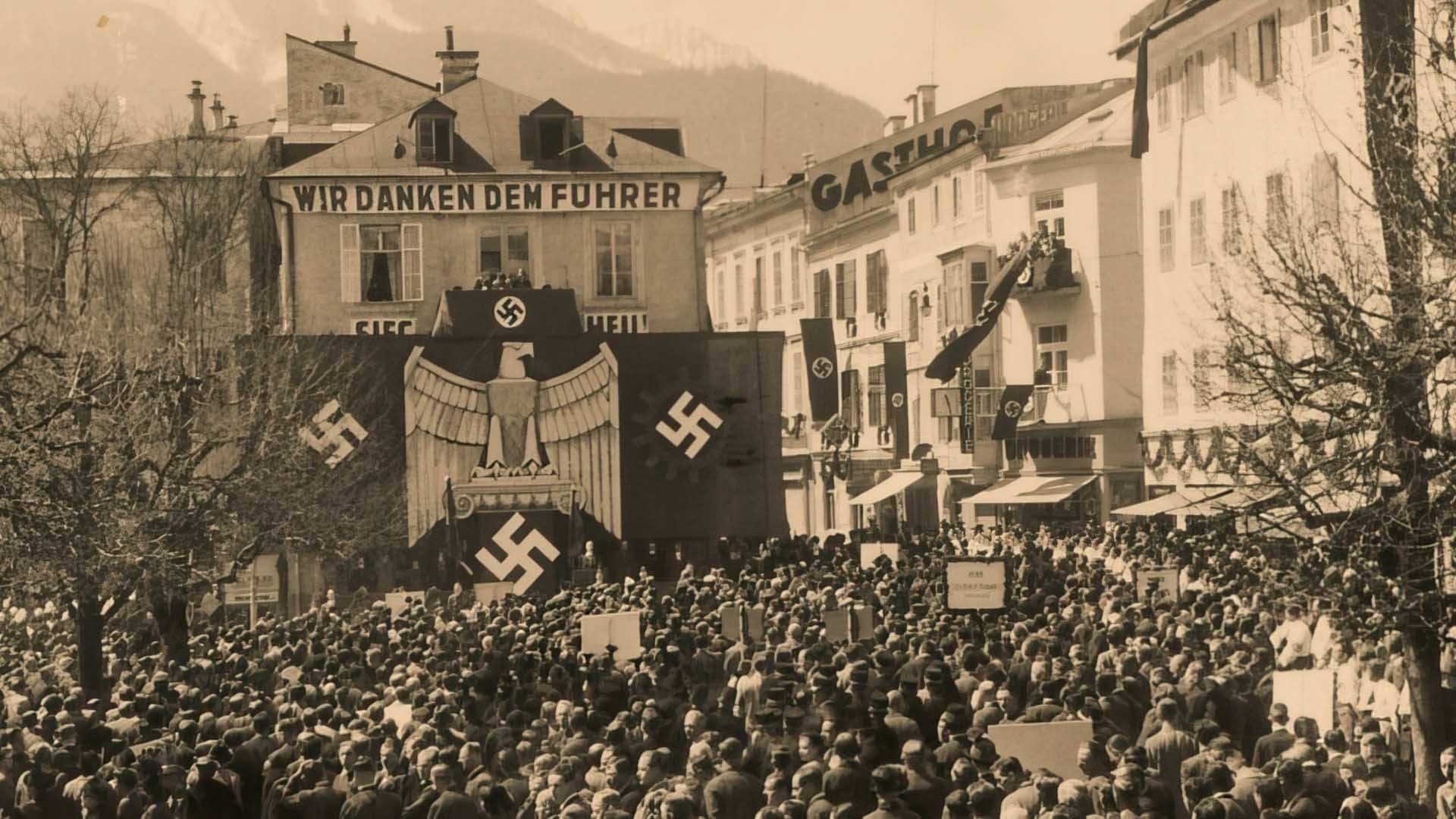
Moving political history of the Salzkammergut
In the final phase of the Second World War, a resistance movement against the Nazi regime was formed in the "Dead Mountains", with hundreds of supporters down in the valley. A history of resistance that was not appreciated for a long time.
It was the salt - a source of prosperity for centuries - that turned the "Kammergut" of the Habsburgs into a unique cultural landscape.
Between Gmunden, Ebensee, Bad Ischl and the Ausseerland, a special type of people was and is at home - people who are characterized not only by a characteristic dialect, but also by an unmistakable form of self-confident stubbornness.
This manifests itself not least politically. While the Upper Austrian farmers fifty kilometers further north were still groaning under serfdom, a well-organized workers' movement with extensive political branches was already forming in the early industrial society at the foot of the Dachstein - a tradition that still has an impact today.
In addition to salt, it was above all tourism that determined the identity of the Salzkammergut since the Biedermeier period. In the entourage of Emperor Franz Joseph, who made Bad Ischl his "summer residence", wealthy industrialists and prominent artists came to the region, including many Jewish guests: Sigmund Freud and Gustav Mahler, Arthur Schnitzler, Karl Kraus and Theodor Herzl, all of them loyal visitors.
The Ausseerland and the landscapes around the Traun, Wolfgang and Attersee lakes were not only centers of summer Jewish life, the Austrian National Socialists also loved it here. After the "Anschluss" in 1938, numerous Nazi bigwigs settled in the Salzkammergut. At the same time, the new rulers launched a ruthless raid on Jewish property: hundreds of villas and houses between Gmunden, Ischl and the Ausseerland were "Aryanized". The Jewish residents were forced into exile or murdered in the Shoah.
At the same time, however, the Salzkammergut - along with southern Carinthia - was the only region in today's Austria where there were beginnings of armed resistance against the National Socialists. Activists such as Sepp Plieseis, Alois Straubinger and Resi Pesendorfer organised the resistance against the Nazi terror regime, partly from a secret hiding place in the Dead Mountains.
The high point of the resistance activities was the rescue of valuable works of art - including works by Dürer, Rembrandt, Rubens and Vermeer - from the tunnels of the Altaussee mine, where the National Socialist rulers, following Hitler's so-called Nero Order, wanted to blow them up and destroy them in the last days of the war in 1945. The miners of Altaussee prevented this. In his documentary, Günter Kaindlstorfer tells the story of the Salzkammergut from previously unknown perspectives.
Co-production | Clever Contents GmbH and ORF III
Funding | Fernsehfonds Austria and the Region of Upper Austria
Genre | documentary
Design I Günter Kaindlstorfer
Production management I Saskia Netousek
Length | 45 minutes
Year of production I 2024
First broadcast | October 22, 2024 on 3sat
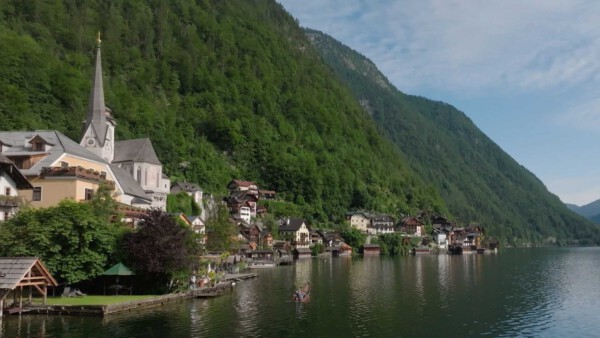
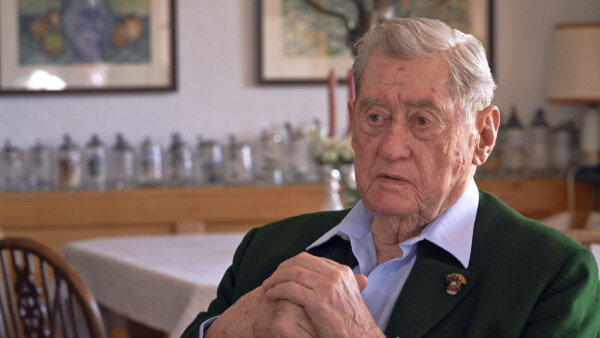
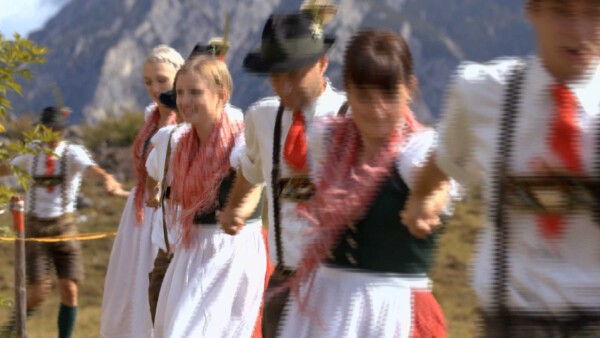
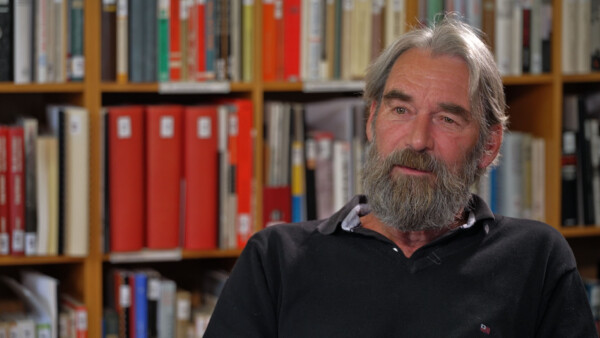
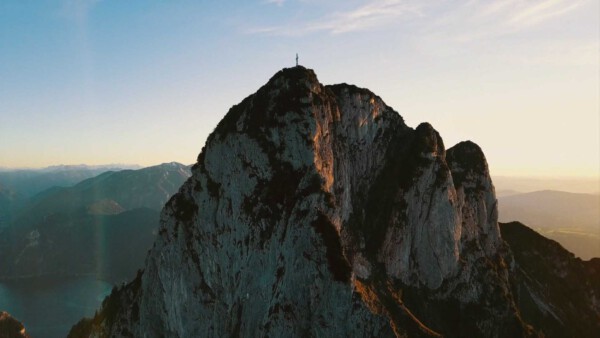
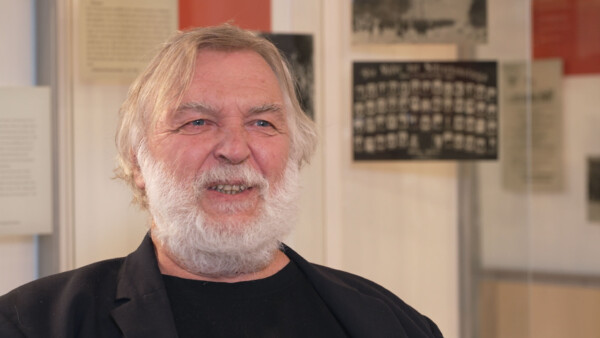
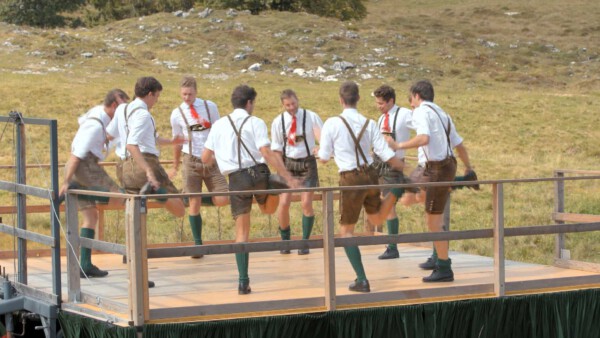
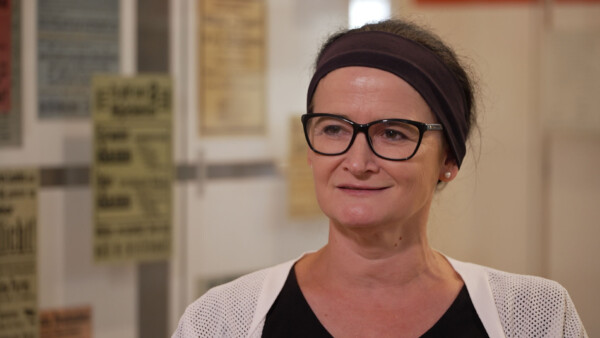
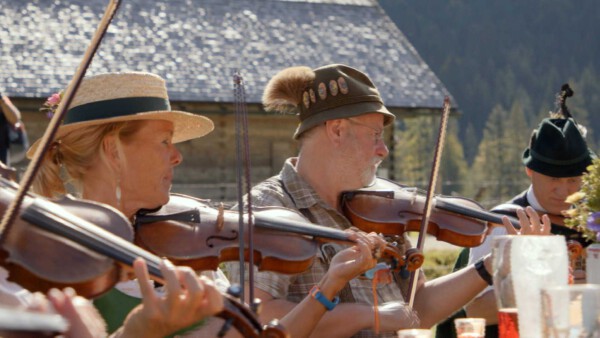
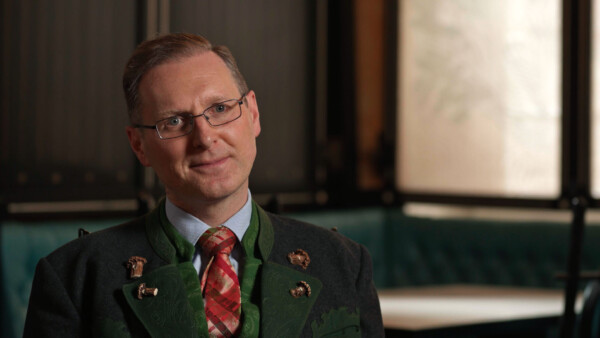
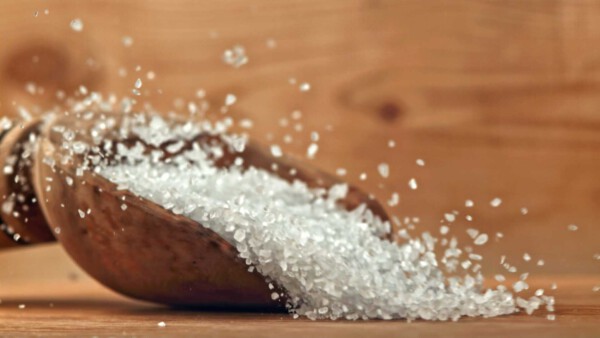
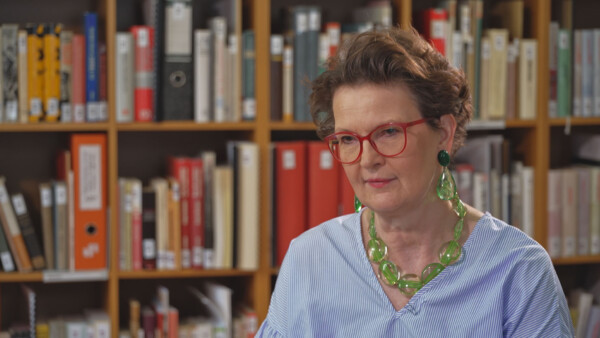

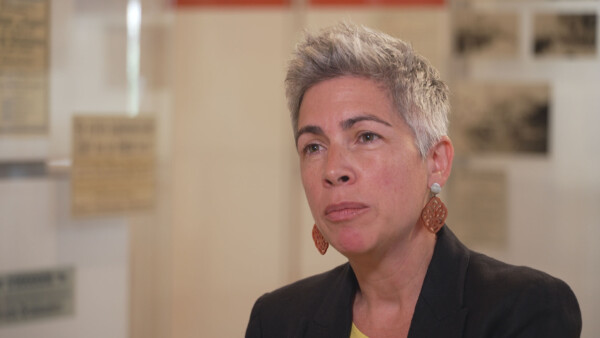
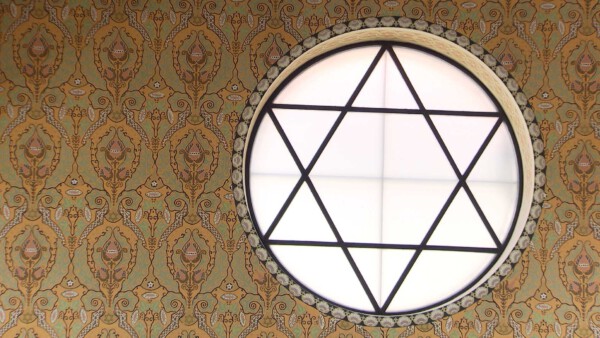
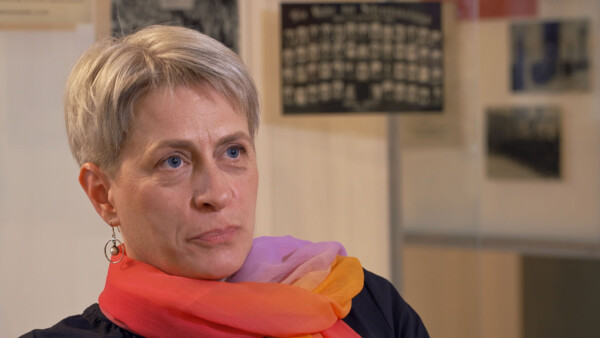
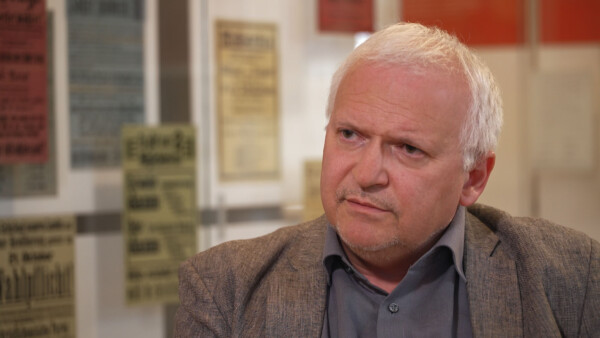
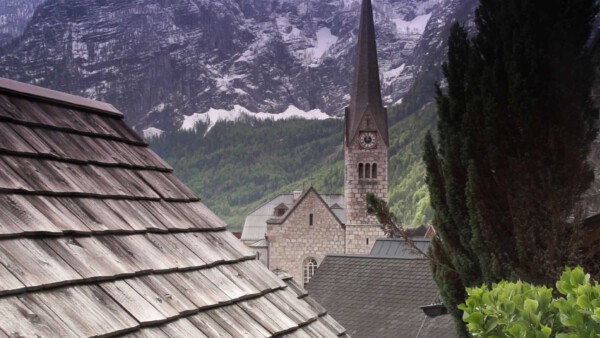
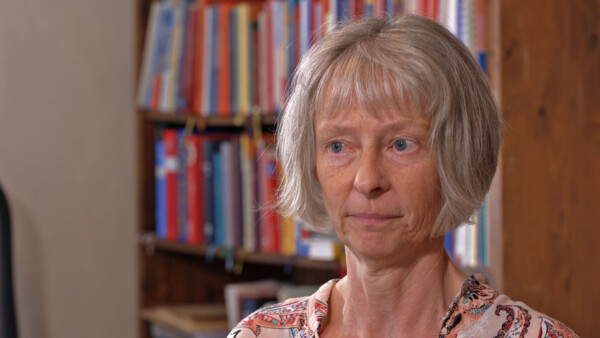
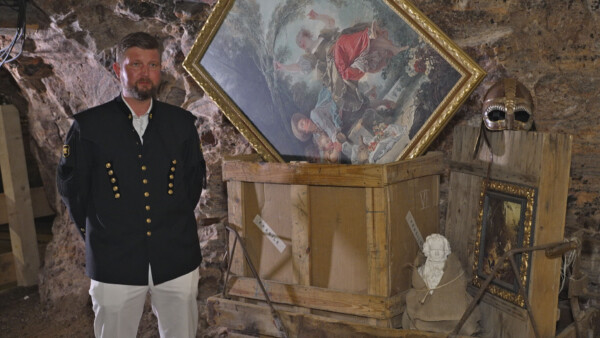
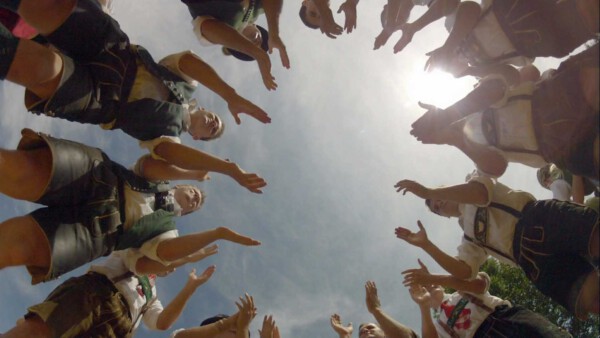
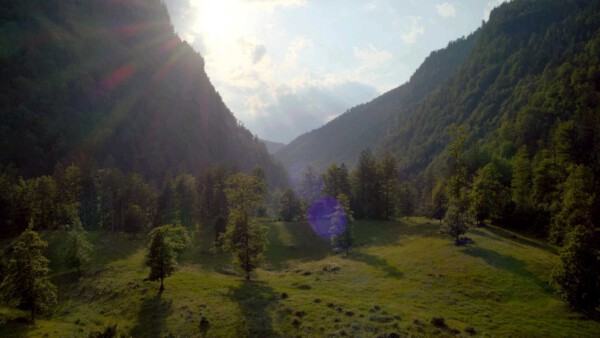
© Clever Contents GmbH 2025, Imprint, Data security, AGB